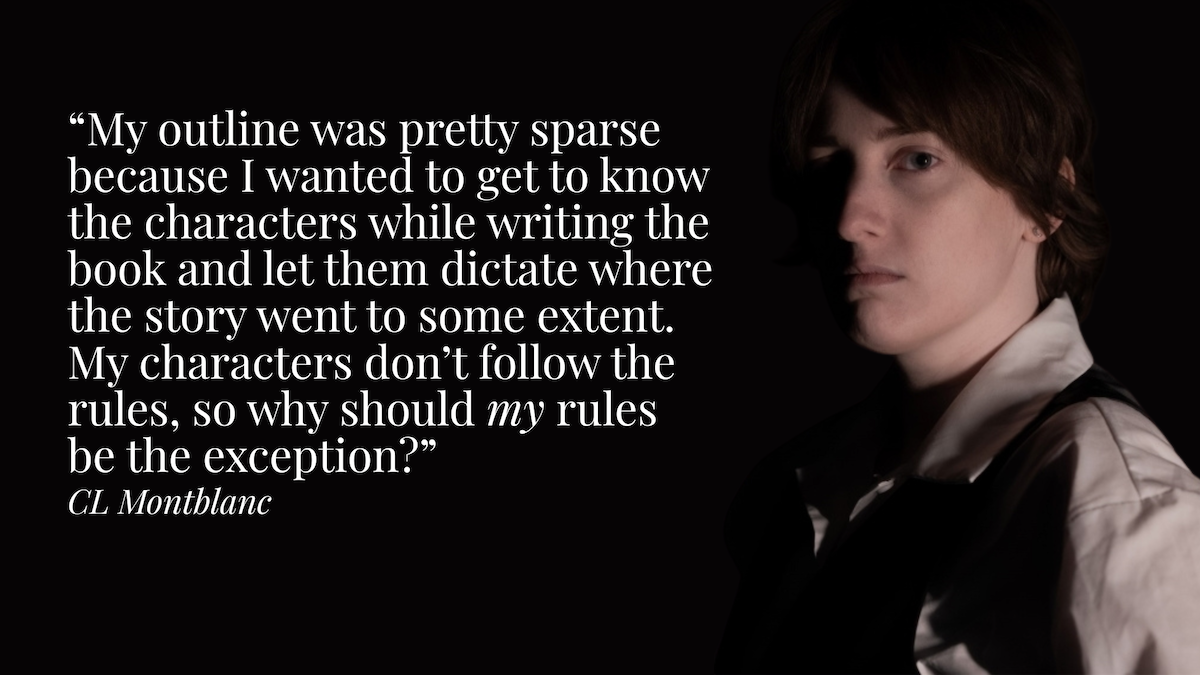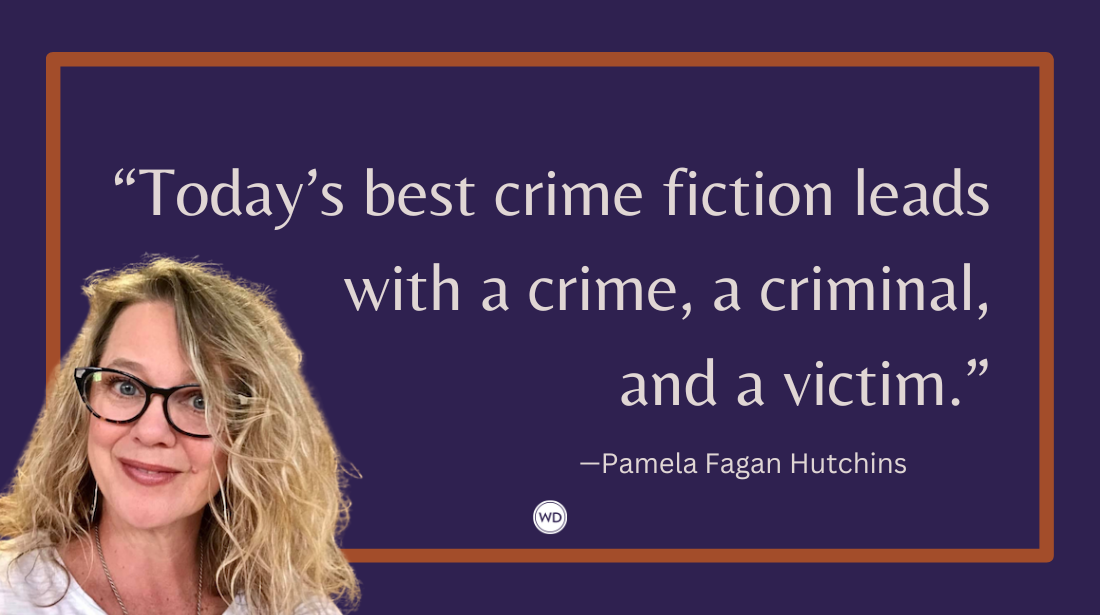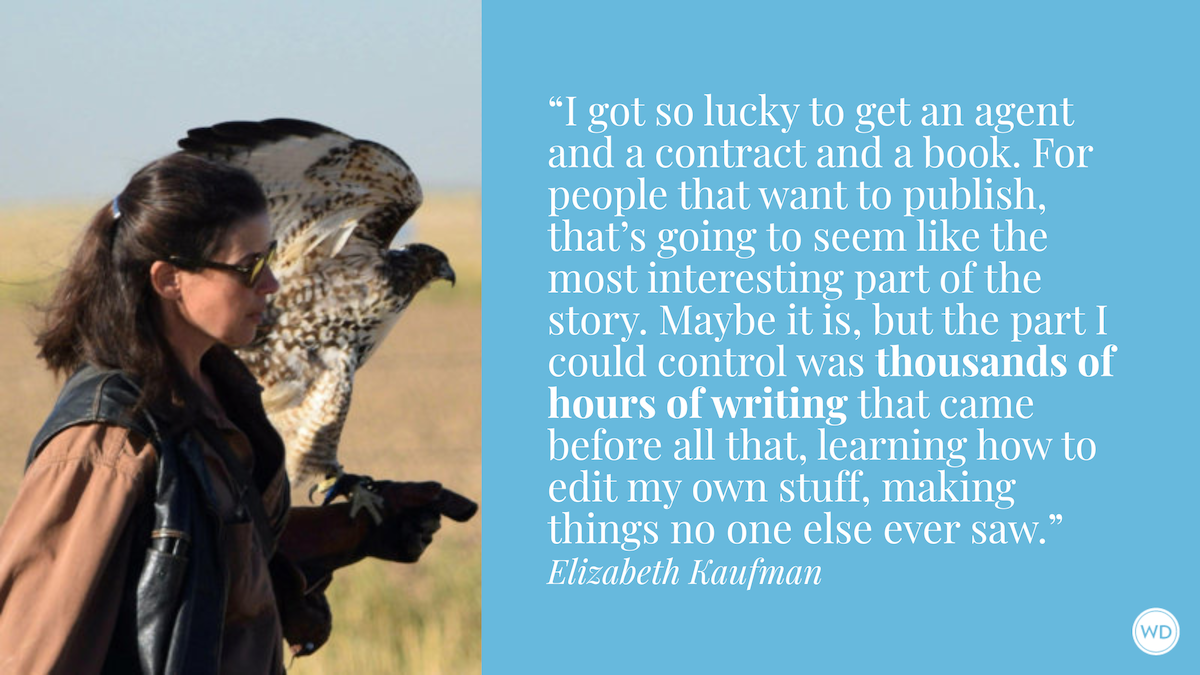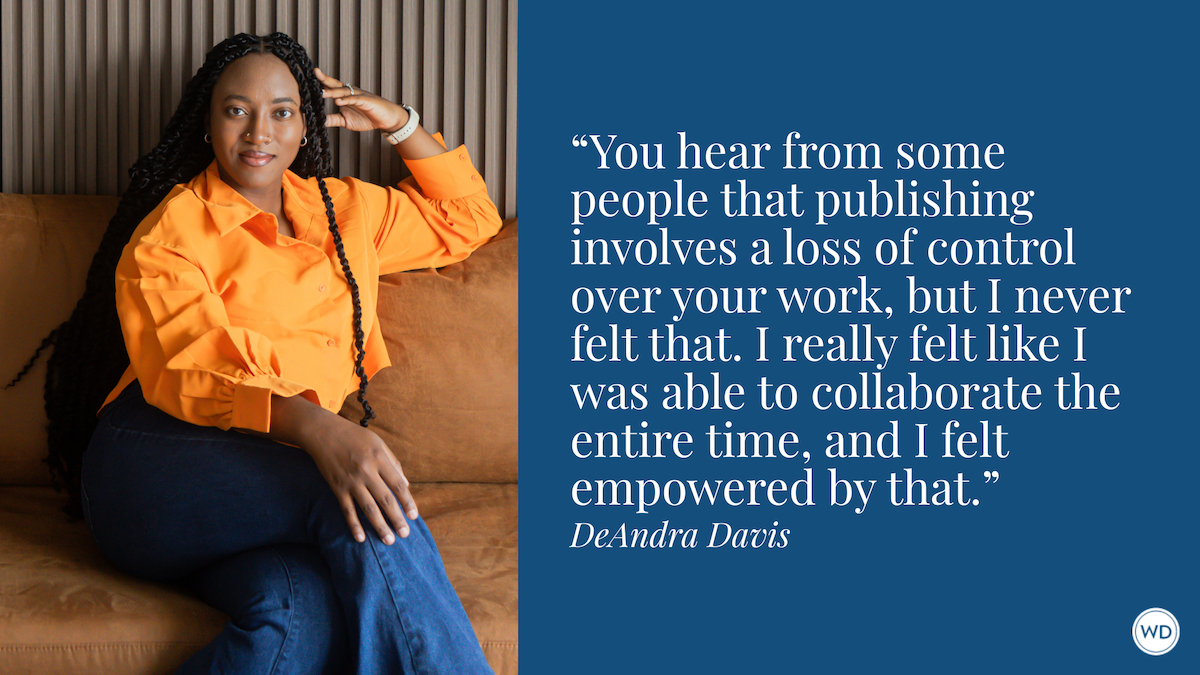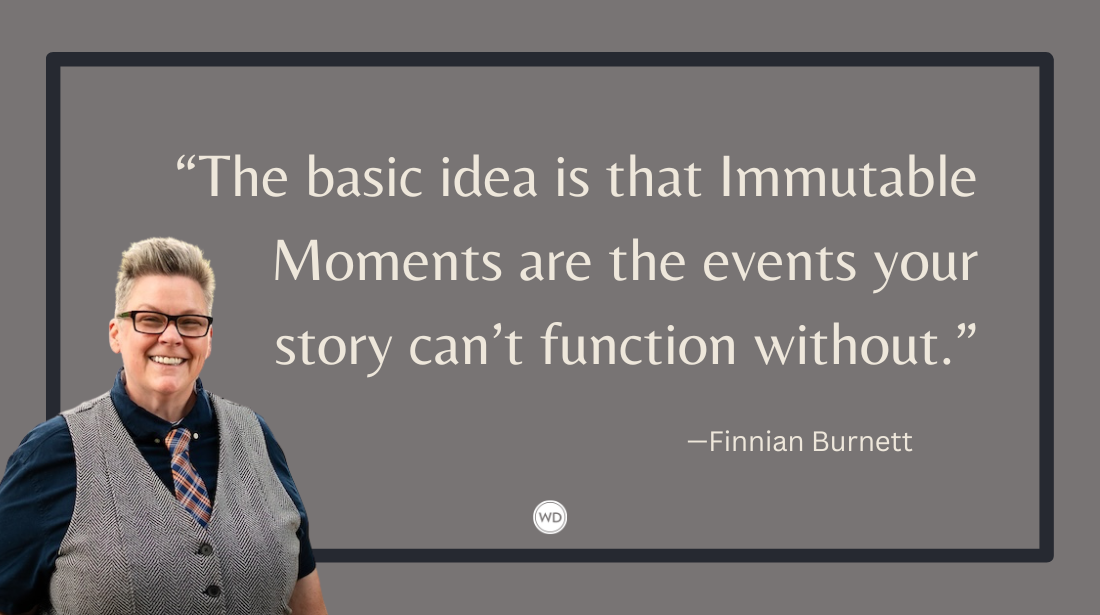5 Tips for Writing a Suspense Novel
Suspense is a major factor in keeping our readers engaged and turning the page no matter the genre. Here, author Lindsay Cameron shares five tips for writing a suspense novel.
It’s 2:00 in the morning. Your eyelids are heavy and you know you should turn off the light and fall asleep, but you can’t help yourself. You turn the page and keep reading. What is the secret sauce that the author put in this book that made you forgo all adult responsibilities to read it in one sitting? The answer lies in one word: suspense.
Suspense is what drives readers to keep turning the pages, eagerly devouring your story because they want—no, need—to know what happens next. It's the feeling of anticipation, fear, and excitement that keeps them invested in your characters and their journey. No matter what type of novel you’re writing, being able to build suspense is an invaluable skill. Here are some tips to help you create suspense in your writing and keep your readers captivated until the very last page.
1. Withhold Information
At its core, creating suspense comes down to information: how much you reveal and when you reveal it. In the first 20 percent of your book, introduce mini-mysteries to keep the reader engaged while you build the story.
For example: In the first chapter of my suspense novel No One Needs to Know, the reader learns that one of the main characters is concealing her reasons for sending her daughter to a dance and that something disastrous occurs at that dance. These aren’t the main mystery, but they are smaller, unresolved questions that the reader inevitably wants answered.
By keeping readers in the dark about important details, you’re utilizing human psychology. People are naturally curious, so if there is even a small thing where a reader is left hanging, they will want to keep reading to get closure.
2. Give the Reader a Leg Up
On the other side of the coin, you can increase the suspense in your story by giving your reader more information than the characters. In Romeo and Juliet, readers cringe when Romeo kills himself because they know something that he doesn’t which is (spoiler alert) Juliet is alive. By giving the reader a ringside seat to the story’s developments they get to see the trouble before the protagonist does and feel the consequences of the perils ahead.
I utilized this method in the beginning of No One Needs to Know by letting the reader know that the anonymous neighborhood forum where people are confessing their secrets will inevitably be hacked. Rather than being a spoiler, it hooks the reader further as they wait in agony for the moment a character’s world will come crashing around them. The inevitability lends a tension and helps build towards a thrilling climax. Knowing your protagonist is on a collision course with disaster will keep your reader engrossed in the story.
3. Up the Ante
Another effective way to increase suspense is to increase the stakes. The stakes are what your protagonist stands to gain if they’re successful or what they’ll lose if they fail, and the higher the stakes, the more invested readers will be. Establish the stakes early and clearly.
One way to do this is by showing your reader something the protagonist wants and then threatening it. This could be anything from being reunited with a loved one to escaping a dangerous captor, but whatever it is, make it matter. Once the stakes have been identified, consider making the consequences more severe. If your protagonist’s life is in danger, now their loved one’s life is too. By making the consequences of failure dire, you can create a powerful range of emotions for your reader.
Introducing new obstacles that your protagonist must face (a time crunch or a new antagonist) can further up the ante. Whatever the obstacle, keep it relevant to the story or characters and not simply for shock value or it will come across as too contrived.
4. Use Foreshadowing
While you’re raising the stakes, remember to sprinkle in some foreshadowing to escalate the sense of impending doom. By adding small, seemingly insignificant details (a change in the weather, an offhand comment, an unexpected package delivery), you can effectively hint at what’s to come.
Foreshadowing is most effective in the early chapters to keep the pace moving and give a sense of foreboding, so remember to use it early to create an air of anticipation and uncertainty that will keep readers guessing. Just make sure it’s subtle and doesn’t give away too much.
In the best stories, a reader can look back and see clues to the outcome of the dramatic question throughout the story but hasn’t guessed the outcome beforehand.
5. End Chapters Strongly
A good cliffhanger can be a powerful tool to keep the suspense simmering. When you’ve ended a chapter in the middle of something dramatic, a reader is practically forced to read on. It doesn’t need to be something as life-altering as the protagonist in front of an oncoming train.
Consider something more subtle and insidious, a small but crucial detail that raises a question in the mind of your reader. What’s in the box? Who planted the evidence? Has the hero been the bad guy all along?
When the conclusion of a chapter leaves an open question, it serves as a jumping point to the next. And by leaving a chapter on a suspenseful note, you create a sense of urgency giving your novel that page-turning quality.
Suspense is a crucial element of any compelling story, whether it be a thriller, mystery, or romance. Employ these techniques and your novel will have the secret sauce to keep your readers up way past their bedtime.
Lindsay Cameron worked as a corporate lawyer for many years in Vancouver and New York City before leaving the law behind to write books. Her debut, Biglaw, was named a best book of the year by Good Housekeeping, Redbook, and Harper’s Bazaar, among others. Her suspense debut, Just One Look, was published in 2021 and the New York Times called it “delicious and marvelously controlled…a wild ride of a novel” and “one of the most viscerally accurate renderings of corporate law in recent fiction.” Lindsay lives in New York City where she is currently at work on her next book.



